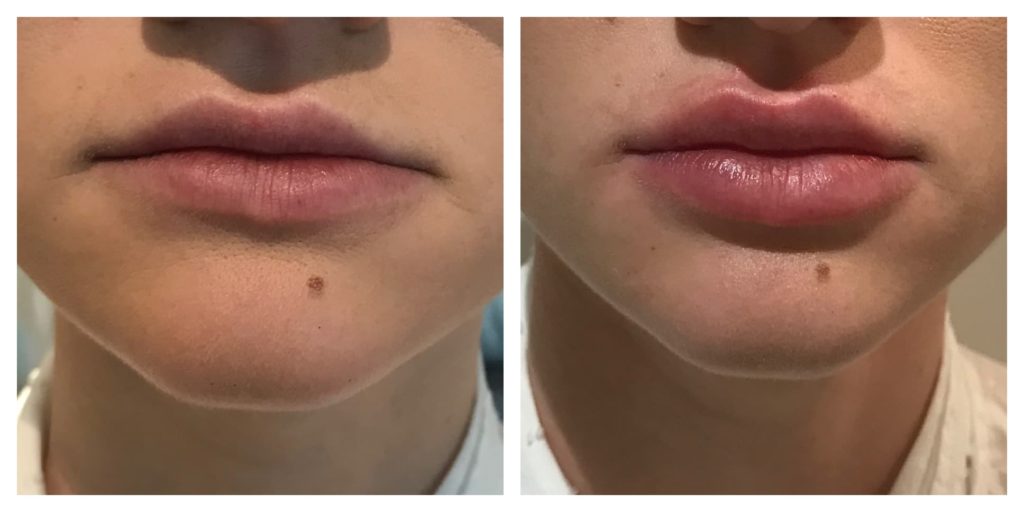Filler migration became a hot topic in aesthetics due to its rising occurrence among those opting for cosmetic procedures. As more people share their experiences, curiosity about potential side effects like filler migration has increased. More people are interested because more individuals are getting quick beauty injections. People are talking more about filler migration in beauty circles because they know more about the risks and want to discuss what it means and how to prevent it.
What Is Filler Migration?
Filler migration is a term used to describe a situation where the filler material, usually a type of hyaluronic acid, moves away from the original location where it was injected. This can happen with fillers used in various parts of the face, such as the lips or cheeks, intended to add volume or shape to these areas. Instead of staying put, the filler can shift to adjacent areas, leading to unintended results. For example, if someone gets lip fillers to make their lips fuller, the filler might move and cause unevenness or lumps.
While filler migration is rare, it can occur due to various factors, such as the type of filler used, the technique of the injector, and how the body reacts to the filler. Gravity, facial movements, and even the natural ageing process can influence the movement of the filler material. While filler migration is not desired, it is treatable. Specialists can correct or mitigate the effects of migration through various methods, ensuring that patients achieve the aesthetic results they initially sought.
Can Filler Migration Resolve Naturally?
Filler migration might resolve on its own for some people. Still, it depends on factors like the type of filler used, where it moved, and individual differences in the body’s response. Sometimes, the body can break down the filler over time, causing it to fade or settle back into place gradually. However, the migrated filler might require medical intervention to correct for others. It’s essential to consult with a qualified healthcare provider if you notice filler migration to determine the best course of action. They can advise on whether the issue will resolve naturally or if treatment is necessary.
Signs of Filler Migration: What to Notice
Changes in Appearance
Keep an eye out for any sudden alterations in the treated area’s shape or size, which may indicate filler movement.
Discomfort or Pain
Pay attention to changes in the texture of your skin, as filler migration may cause lumps, bumps, or irregularities in the treated area.
Unevenness
If you notice asymmetry or unevenness in your facial features, such as lips or cheeks, it could be a sign that the filler has migrated.
Treatment & Prevention For Filler Migration
Treatment options are available to tackle filler migration. The most common approach uses hyaluronidase, which breaks down filler material, to dissolve misplaced filler. In rare, severe cases, surgery might be needed to fix the migration.
Prevention is also important. Choosing a skilled injector and avoiding overfilling can help minimise migration risk. Regular check-ups can also catch any migration early, ensuring a successful cosmetic procedure.
FAQs:
Filler migration can pose risks, potentially leading to unwanted changes in appearance or discomfort. However, with proper injection techniques and vigilance, these risks can be minimised, making filler treatments safer.
Filler migration timing varies but can happen gradually over weeks or months after injection. Factors like filler type, injection site, and individual metabolism influence migration speed.
Filler migration can occur with any dermal filler, with hyaluronic acid fillers perhaps more prone to migration due to their hydrophilic properties. However, hyaluronic acid filler migration can be neutralised with hyaluronidase.

